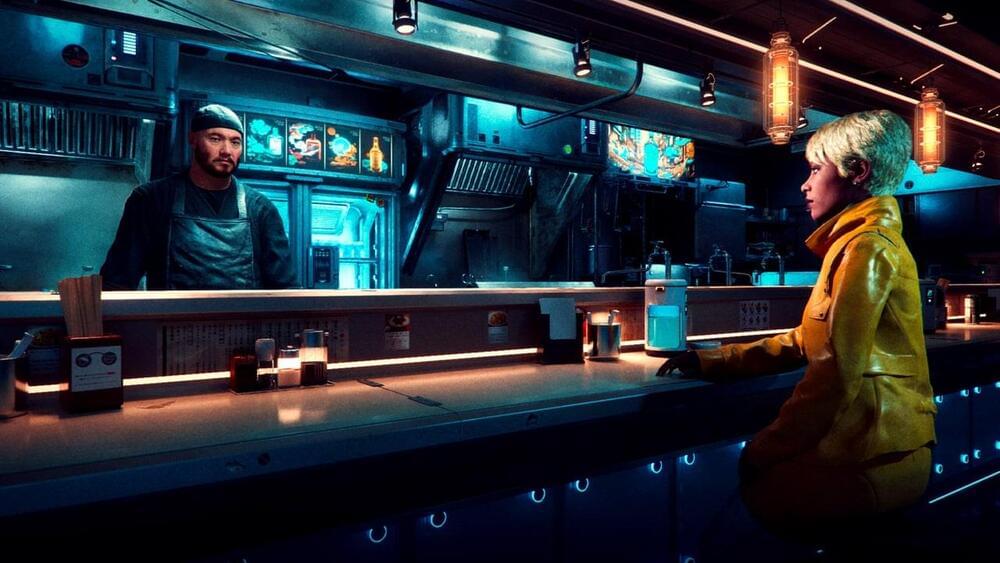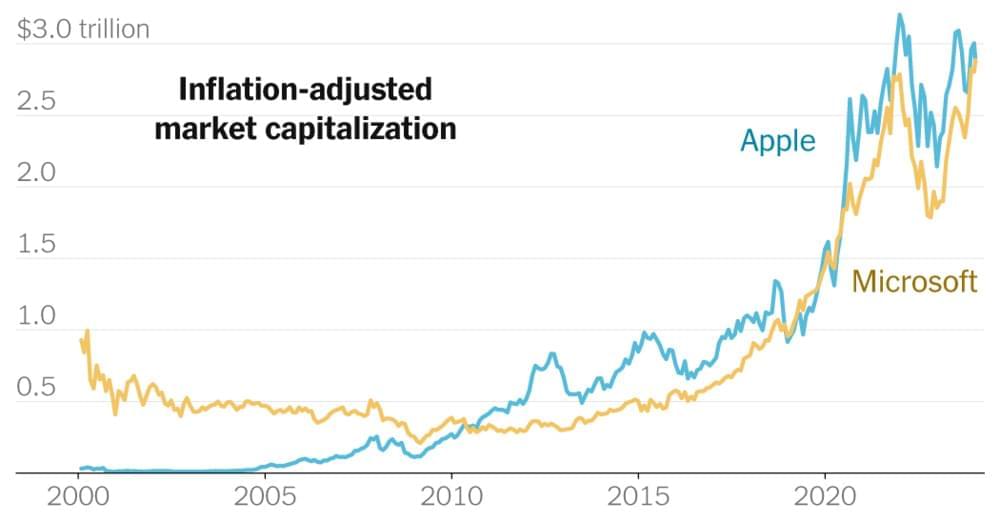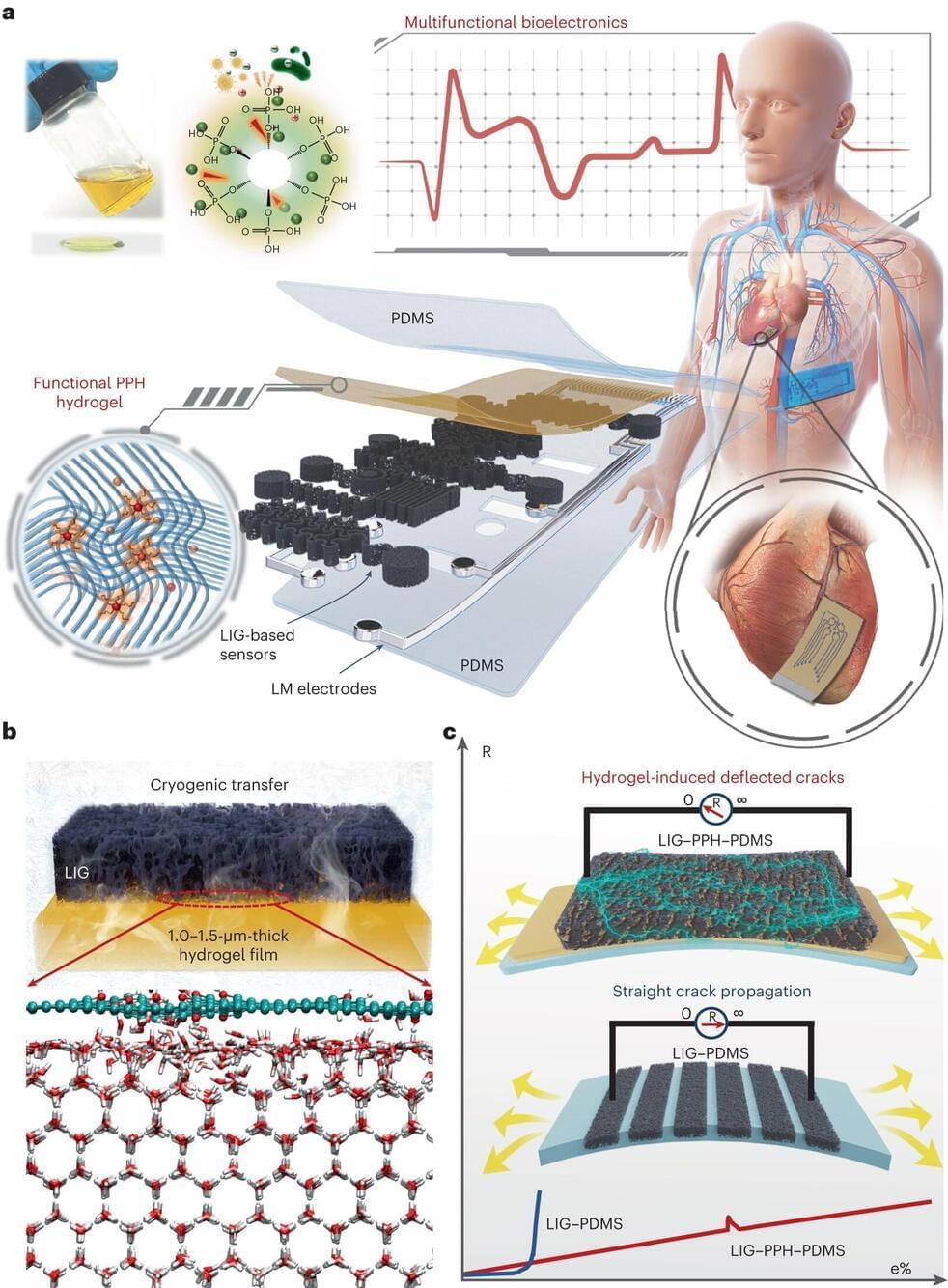AI is going to change games in countless different ways, and it’s going to come at a cost too.
It doesn’t take a particularly keen eye to notice that AI is the star of CES 2024.
It doesn’t take a particularly keen eye to notice that AI is the star of CES 2024. At a certain point, every single conversation I had at the giant technology show led back to AI and how it’s going to change the way we use our computers and even play our games.
The core of that trend traces back to the Intel Core Ultra processors and how Team Blue has worked an NPU, or Neural Processing Unit, into its laptop CPUs. This isn’t necessarily anything new but given the sheer number of laptops that are powered by Intel, we’re about to enter into a new phase of AI technology that really is going to change how pretty much every computer is built and used.
However, as gamers, we’ve kind of been here a while now; at least since 2018, when the Nvidia GeForce RTX 2080 first hit the market.









